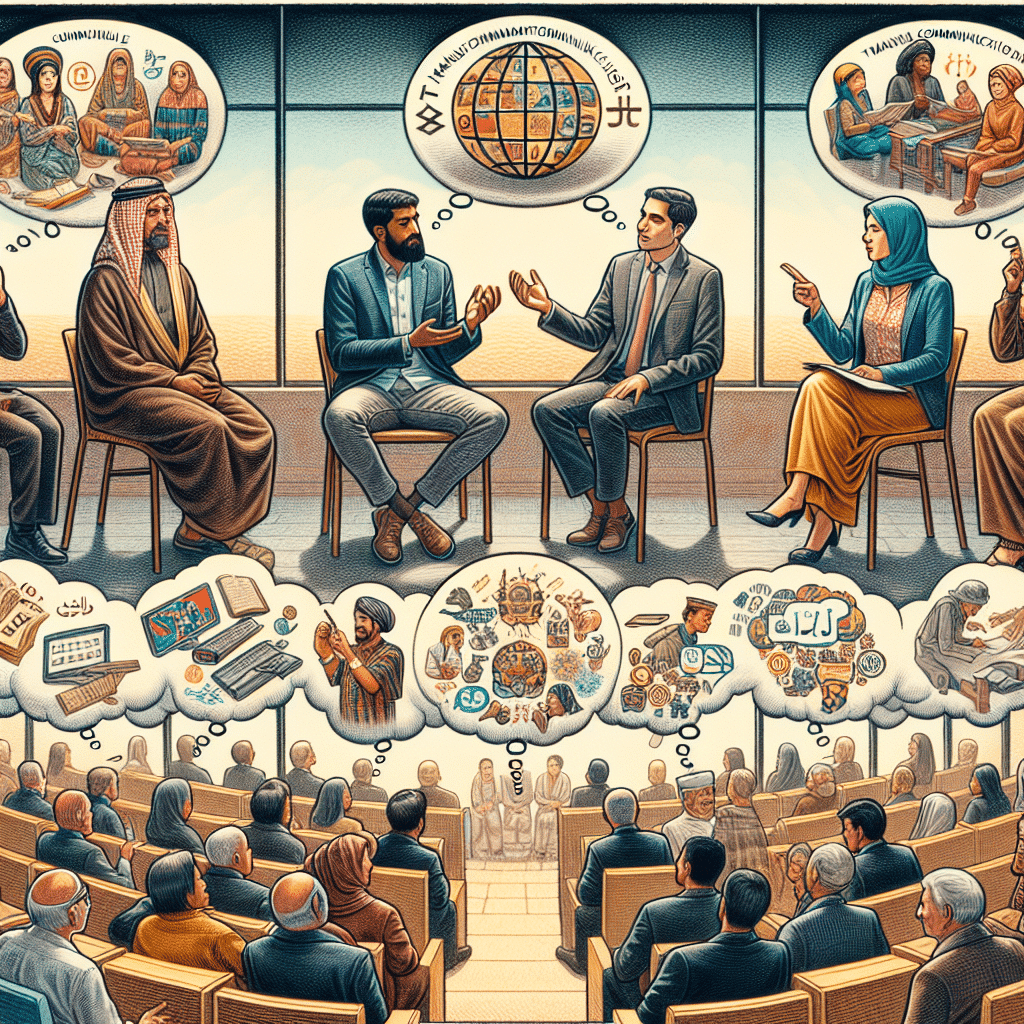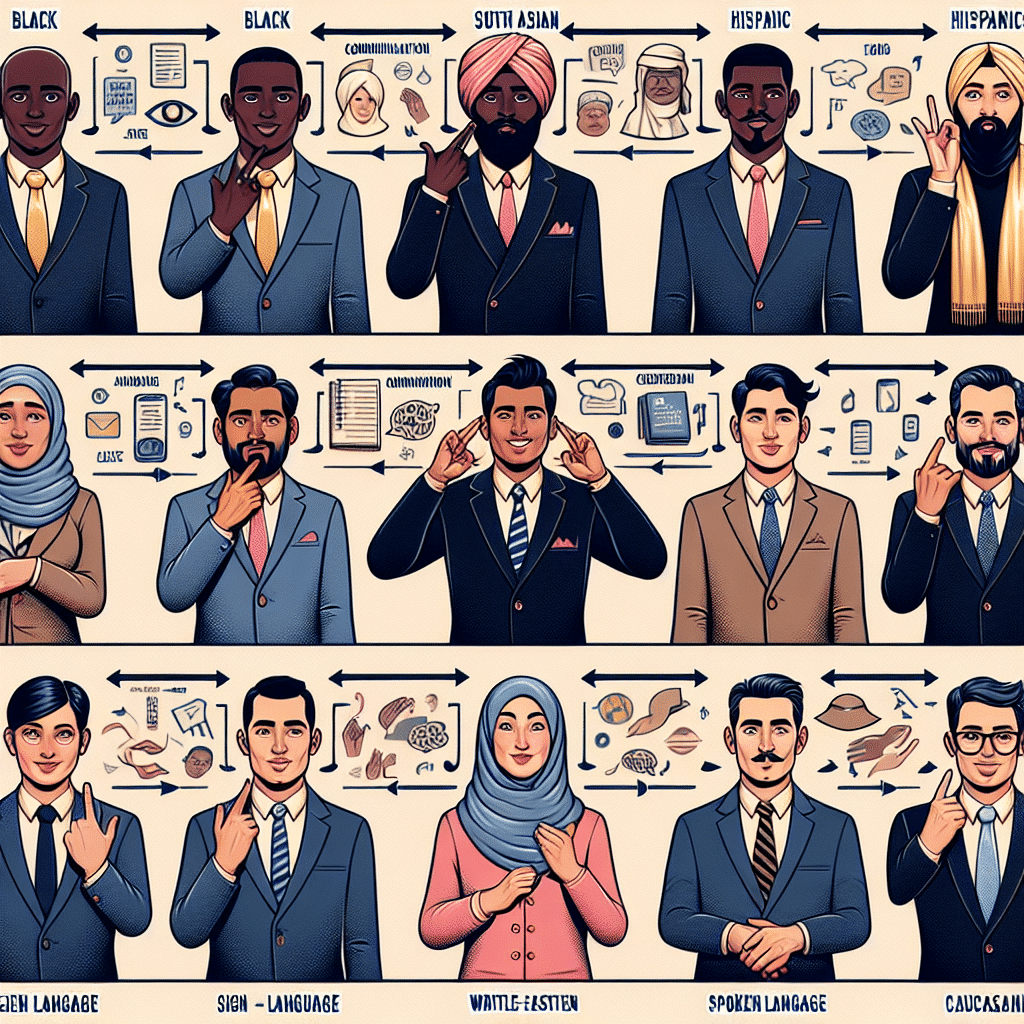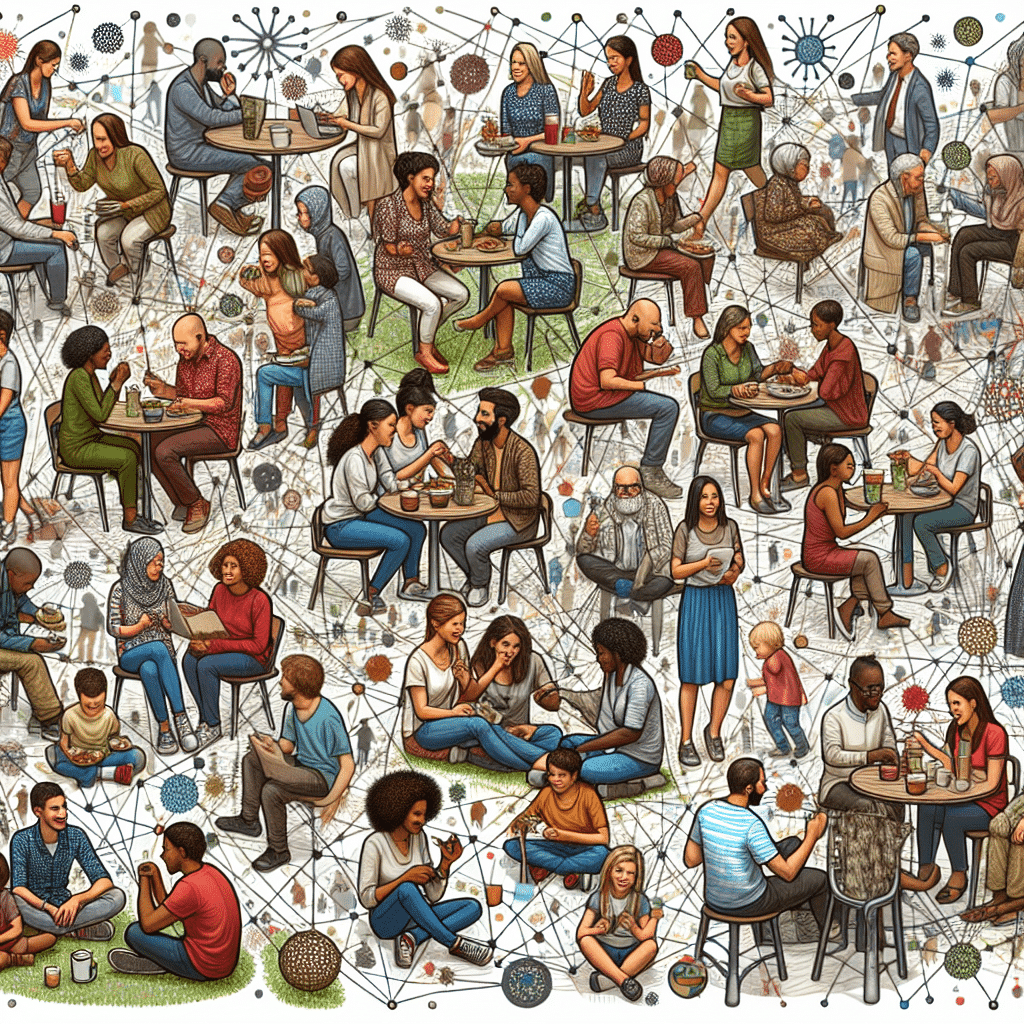
Cultural influences play a significant role in shaping communication skills, affecting how individuals interpret, process, and convey messages. Understanding transcultural aspects of communication is essential to effectively connect with people from diverse backgrounds and navigate cross-cultural interactions successfully.
Exploring how cultural norms, values, beliefs, and practices impact communication styles can enhance interpersonal relationships and promote mutual understanding. Let’s delve deeper into the cultural influences on communication skills:
- Diversity of Communication Styles: Different cultures have varied communication styles, which can range from direct and explicit to indirect and implicit. For instance, some cultures prioritize maintaining harmony and avoiding conflict, leading to more subtle and non-verbal communication cues.
- Verbal and Non-Verbal Communication: Language plays a crucial role in communication, but non-verbal cues such as body language, facial expressions, and gestures also convey messages. Cultural differences in non-verbal communication can lead to misunderstandings if not taken into account.
- High-Context vs. Low-Context Cultures: In high-context cultures, meaning is embedded in context and relationships, requiring individuals to read between the lines. In contrast, low-context cultures rely more on explicit verbal communication, emphasizing clarity and directness.
- Power Distance: Cultural attitudes towards authority and hierarchy affect communication dynamics. In societies with high power distance, individuals show deference to authority figures and may use more formal language, while in low power distance cultures, communication is more egalitarian and informal.
- Collectivism vs. Individualism: Cultural orientations towards group vs. individual goals influence communication patterns. Collectivist cultures prioritize harmony, consensus, and group cohesion, while individualistic cultures value independence, assertiveness, and personal achievement.
By recognizing and respecting these cultural differences, individuals can adapt their communication styles, enhance their cross-cultural sensitivity, and build stronger relationships with people from diverse backgrounds.
Importance of Cultural Competence
Cultural competence in communication refers to the ability to effectively interact and communicate with individuals from diverse cultural backgrounds. In today’s interconnected world, understanding cultural differences and being able to navigate through them is essential for successful interactions.
Embracing cultural competence in communication skills brings many benefits. It helps in fostering mutual respect and understanding among people from different cultures, enhances teamwork and collaboration, and promotes a more inclusive environment. By being culturally competent, individuals can avoid misunderstandings, miscommunications, and conflicts that may arise due to cultural differences.
Furthermore, cultural competence is crucial in various professions, such as healthcare, education, business, and social services. For example, healthcare providers who are culturally competent can provide better care to patients from diverse backgrounds, understanding their unique needs, beliefs, and practices. Similarly, educators who possess cultural competence can create inclusive learning environments that cater to the needs of students from various cultural backgrounds.
Developing cultural competence in communication skills can be achieved through education, training, and exposure to different cultures. By learning about different cultural norms, values, behaviors, and communication styles, individuals can enhance their intercultural communication skills and build stronger relationships with others.
Overall, cultural competence is not only beneficial for individuals in their personal and professional lives but also crucial for promoting diversity, equity, and inclusion in society. By being open-minded, respectful, and curious about other cultures, individuals can bridge cultural gaps, build connections, and contribute to a more harmonious and interconnected world.
Cultural Influences on Communication Skills
Effective intercultural communication skills are essential in today’s diverse and globalized world. Understanding the cultural influences on communication can help individuals navigate through different cultural norms, values, and communication styles. Some key factors to consider in transcultural communication include:
1. Non-verbal Communication:
Non-verbal communication, such as body language, gestures, facial expressions, and eye contact, can vary significantly across cultures. For example, a gesture that is considered rude in one culture may be perfectly acceptable in another. Being aware of these differences can help avoid misunderstandings and build better relationships with individuals from different cultural backgrounds.
2. Language and Verbal Communication:
Language plays a crucial role in communication, and language barriers can often hinder effective intercultural communication. It’s essential to be mindful of language differences, accents, and dialects when communicating with individuals from diverse cultural backgrounds. Using simple and clear language, avoiding slang or jargon, and being patient can help bridge the language gap.
3. Cultural Norms and Values:
Cultural norms and values shape how individuals perceive and interpret communication. For example, some cultures value direct communication, while others prefer indirect communication styles. Understanding and respecting these cultural differences can help avoid misunderstandings and build trust with individuals from different backgrounds.
4. Listening Skills:
Active listening is a critical component of effective communication, especially in transcultural contexts. Listening carefully, asking clarifying questions, and showing empathy can help demonstrate respect and understanding towards individuals from diverse cultural backgrounds. Cultivating good listening skills is key to building strong intercultural relationships.
By acknowledging and embracing cultural influences on communication skills, individuals can enhance their intercultural competence and effectively communicate with people from diverse backgrounds. Developing cultural sensitivity, flexibility, and empathy are essential for navigating the complexities of transcultural communication in today’s interconnected world.

Cultural differences in language and communication
When it comes to transcultural aspects of communication skills, one of the key challenges is overcoming language barriers. Language plays a crucial role in facilitating effective communication, and when individuals from different cultural backgrounds interact, language differences can often lead to misunderstandings and misinterpretations.
It’s essential to recognize that communication styles, norms, and expectations vary significantly across cultures. For example, some cultures may value direct and explicit communication, while others may prefer indirect and implicit communication. In addition, non-verbal cues such as body language, gestures, and facial expressions can also carry different meanings in different cultures.
Strategies for overcoming language barriers
One strategy for overcoming language barriers is to use simple and clear language that is easy to understand, especially when communicating with individuals who may not be fluent in the language being used. It’s also important to be patient and allow for extra time for clarification and repetition if needed.
Another effective strategy is to use visual aids, such as diagrams, pictures, or gestures, to help convey meaning and enhance understanding. This can be particularly helpful in bridging communication gaps when verbal communication is challenging.
Seeking clarification and feedback
When communicating across cultures, it’s important to actively seek clarification and feedback to ensure that the intended message is being accurately understood. Encouraging open dialogue and inviting questions can help uncover any misunderstandings and address them promptly.
Finally, developing cross-cultural communication skills through training and education can enhance cultural competence and equip individuals with the tools they need to navigate diverse cultural contexts successfully. By being mindful of cultural differences in language and communication, individuals can build stronger relationships, foster mutual understanding, and promote effective communication across cultural boundaries.
Impact of Globalization on Communication Skills
In today’s interconnected world, the impact of globalization on communication skills cannot be understated. As people from different cultures and backgrounds interact more frequently, the need for effective communication becomes crucial. Globalization has blurred traditional boundaries and brought about an increased level of interaction across countries and continents, leading to a growing necessity for individuals to possess strong transcultural communication skills.
One of the key ways in which globalization has influenced communication skills is through the exposure to diverse cultural practices and norms. As individuals engage with people from different parts of the world, they are exposed to varying communication styles, etiquettes, and customs. This exposure necessitates a heightened awareness and sensitivity to cultural differences, prompting individuals to adapt their communication strategies accordingly.
Furthermore, the rapid advancements in technology and the prevalence of social media platforms have further facilitated global communication. People can now easily connect with individuals from across the globe in real-time, making it essential for individuals to develop effective cross-cultural communication skills to navigate these virtual interactions successfully.
Challenges and Opportunities
While globalization has opened up numerous opportunities for cross-cultural communication, it also presents challenges. Misunderstandings, misinterpretations, and conflicts can easily arise when individuals lack the necessary skills to navigate cultural differences effectively. However, with the right strategies and a commitment to cultural competence, these challenges can be overcome, leading to productive and harmonious global interactions.
Globalization has also created a demand for individuals who possess strong communication skills that can transcend cultural boundaries. Employers are increasingly seeking candidates who can communicate effectively with diverse teams and clients, highlighting the importance of developing transcultural communication skills in today’s globalized workforce.
In conclusion, the impact of globalization on communication skills underscores the significance of possessing strong transcultural communication abilities. As individuals navigate an increasingly interconnected world, the ability to communicate effectively across cultures has become a valuable asset that can lead to greater understanding, collaboration, and success in both personal and professional contexts.

Summary
In conclusion, understanding the transcultural aspects of communication skills is essential in order to effectively interact with individuals from diverse backgrounds.
By acknowledging cultural influences on communication, and striving for cultural competence, individuals can improve their ability to connect and collaborate across different cultures.
With the right strategies and tools in place, such as overcoming language barriers and adapting to the impacts of globalization, individuals can enhance their communication skills and build stronger relationships in a globalized world.






